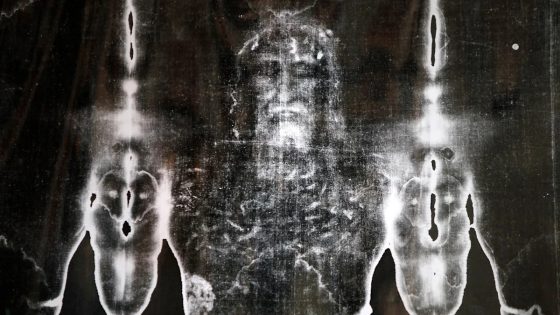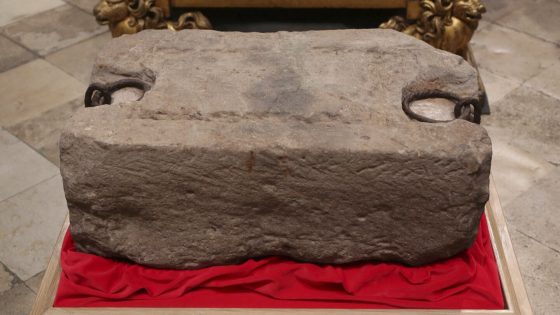The Shroud of Turin, believed by many Christians to have covered Jesus Christ after his crucifixion, is shrouded in mystery. Recent findings published on 2025-08-06 suggest it may not even be a genuine death shroud.
- Shroud of Turin's authenticity debated among researchers.
- New study suggests shroud may be artwork.
- 3D modeling indicates non-human imprint.
- Radiocarbon dating shows conflicting results.
- Digital technologies aid historical mystery exploration.
- Moraes emphasizes collaboration of science and art.
Brazilian 3D designer Cicero Moraes proposes that the shroud could be a work of art rather than a burial cloth. His study indicates that the imprint on the shroud likely belonged to a statue, not a human body.
This revelation raises intriguing questions about the origins of the Shroud of Turin. Could it have been created solely as a piece of art? Moraes’ findings highlight the intersection of science, art, and technology in historical studies.
- 3D modeling shows the shroud’s imprint resembles a statue more than a human.
- Ongoing debates about the shroud’s authenticity continue to engage both scientists and theologians.
- Previous radiocarbon dating suggested a 14th-century origin, complicating its historical narrative.
- Digital technologies are proving vital in unraveling historical mysteries.































